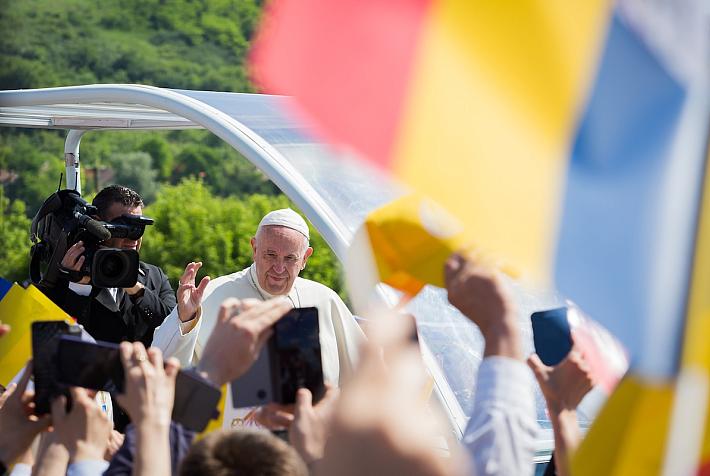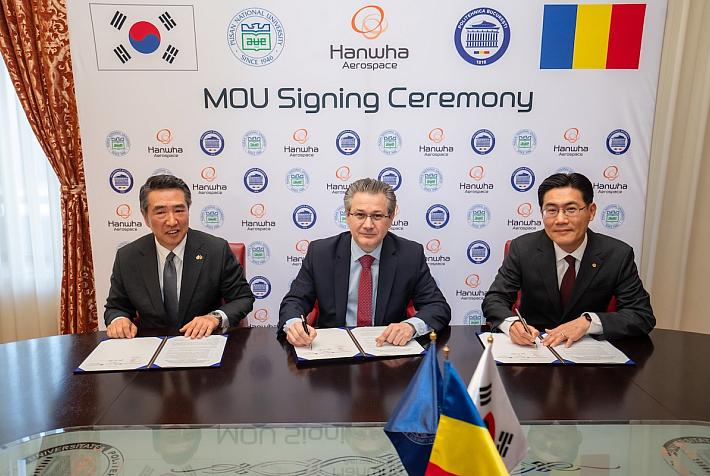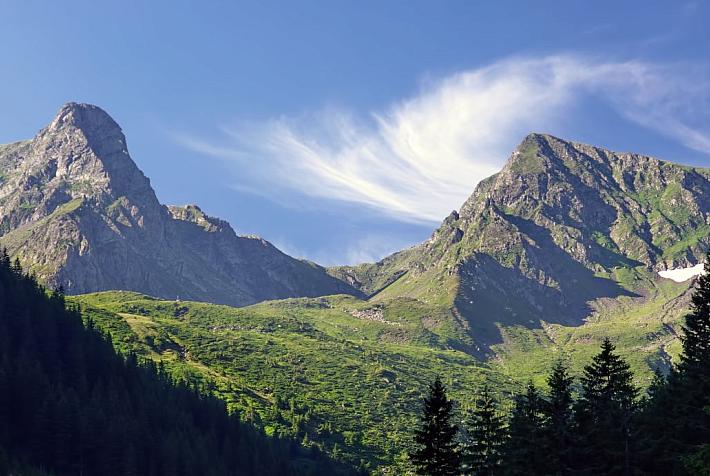Romania’s agricultural strategy, is there a Plan B?

 Another agriculture harvest and the scene in Romania is the same, poor yields and more head-scratching about why. In the old days, God could turn his back for a month or so but now, with a changing climate, if He looks the other way for just a few days, disaster strikes. But should agricultural strategy be so reliant on divine diligence? At present it could be entitled, ‘The Lord is my shepherd, I shall not want’. Is it right to expect so much of the Lord?
Another agriculture harvest and the scene in Romania is the same, poor yields and more head-scratching about why. In the old days, God could turn his back for a month or so but now, with a changing climate, if He looks the other way for just a few days, disaster strikes. But should agricultural strategy be so reliant on divine diligence? At present it could be entitled, ‘The Lord is my shepherd, I shall not want’. Is it right to expect so much of the Lord?
During the communist era agriculture was a driver of the economy and major investments were made. In particular, a vast irrigation system was built. It could have been a legacy, after all it was built with the blood, sweat and money of the Romanian people. It was a shame that the post-1989 policies gave scant regard to agriculture and food.
Now 22 years later, we are looking at another crop failure on the southern flatlands. Again it is the rainfall patterns that are responsible. One does have to admire the fortitude of those who farm there, the frequency of crop failure is a little high. The normal yields are also far from spectacular. Where farm profitability exists, it is more due to the current spike in commodity prices (caused by using food for biofuels). If prices fall back from their current high, profitable farm businesses may become as scarce as chickens’ teeth.
Are the climatic conditions on the southern flatlands now getting worse, more arid?
The simplistic approach is to look at total annual rainfall. It is low but not that low. It is not the total that matters, it is the moisture available to the plant at critical times of the year that counts. Short ‘in-year’ moisture deficits impact on production. Moisture shortages can impede germination, inhibit vegetative growth and reduce the grain-filling period. The situation gets worse as transpiration rises with higher temperatures and/or more wind. As ‘short-spell’ deficits become more frequent, controlling them with irrigation becomes both difficult and costly.
It appears that the strategy to manage the worsening aridity on the flatlands is two-fold; to invest (or to ask the EU to invest) in rehabilitating the communist-era irrigation systems and to encourage the widespread use of crop insurance to protect the farm business (and the national Budget) from crop failures.
The World Bank has been working on irrigation rehabilitation projects. Their work suggests that some of the systems can still be viably rehabilitated. Should this happen? From an EU support-funds perspective there will need to be a social argument that this will benefit many farmers and not just a few. Is there justification from a Romanian food security perspective? Not really if the production is going to be exported. Domestic food security could also be obtained from the uplands and probably at a lower cost to the economy.
Installing irrigation is a risk mitigation policy. It is used to protect actual production. Nationally this can be important from a food security and/or balance of payments perspective. At the business level, irrigation is about ensuring regular profitability. It is interesting to hear that we need both irrigation and crop insurance. Why invest in irrigation and also pay for insurance? One is designed to insure the crop, the other just the business. Can Romanian agriculture with all its other investment needs afford this ‘belt-and-braces approach?
Typically in Europe we use risk reduction strategies to preserve production. We invest in high-quality management, disease-resistant plants, machinery to improve timeliness, irrigation, drainage etc… We invest to improve production and profitability and to reduce the risk of production and business failure. Food security is a bonus. The tradition has been to avoid financial insurance as the money can be better spent on the above real risk-reduction investments. This is explained at length in Agri-focus.
Risk insurance is understandable from a national Budgetary perspective. Why should the nation bail out its farmers, even to the extent of buying their next-year’s seeds and fertilizers? The only argument would be if it is in the interests of food security, either nationally or for the subsistence farmer.
In a free-market the solutions would soon arise. Farmers in the arid zones would either invest in irrigation or give up. This appears not to be politically acceptable. There are social reasons to support subsistence farmers but they carry little weight with vast farms. Maybe the latter should just be left to face the natural evolution of the free market.
From a food-security perspective alone, agriculture should be concentrated where natural rainfall is higher and/or seasonal patterns better. Romania is blessed with vast areas of high-quality soils, it is just that they are more concentrated in the semi-arid south-east. For the last 22 years, agriculture has pretty well had the same geographic and strategic focus as in the communist era. As a consequence, Romania has put far too much into its flatlands and neglected its uplands. As an outcome of this focus, annual national food production will continue to fluctuate greatly.
It is unlikely, however, that the flatland bias will change swiftly so what is to be done with them. Is there a Plan B?
Maybe first address the climate issue. The flatlands were deforested in the mid-19th Century and in the communist-era the remaining windbreaks were removed (with the winter 2011/12 consequences). Would massive re-forestation improve the overall climate and improve the conditions for farming and the local people? It may also create a new biofuels industry. One would suggest talking to the EU about replanting the southern forests of old. Economically it may be better than growing wheat. In parallel, irrigation rehabilitation should continue where it is viable. The focus of water use should, however, be on higher-value crops rather than on basic agricultural commodities. It is a different strategic approach all around, but it is one that may yield far greater benefits than the current one.
By Stuart Meikle, Guest Writer
Stuart Meikle is an agricultural management consultant. He was a University of London academic and is an economist, a writer and a farmer. He has been involved within Romanian agriculture as an adviser, as an executive manager and as an observer for 15 years. The views expressed are his own and do not necessarily reflect those of Romania Insider.











